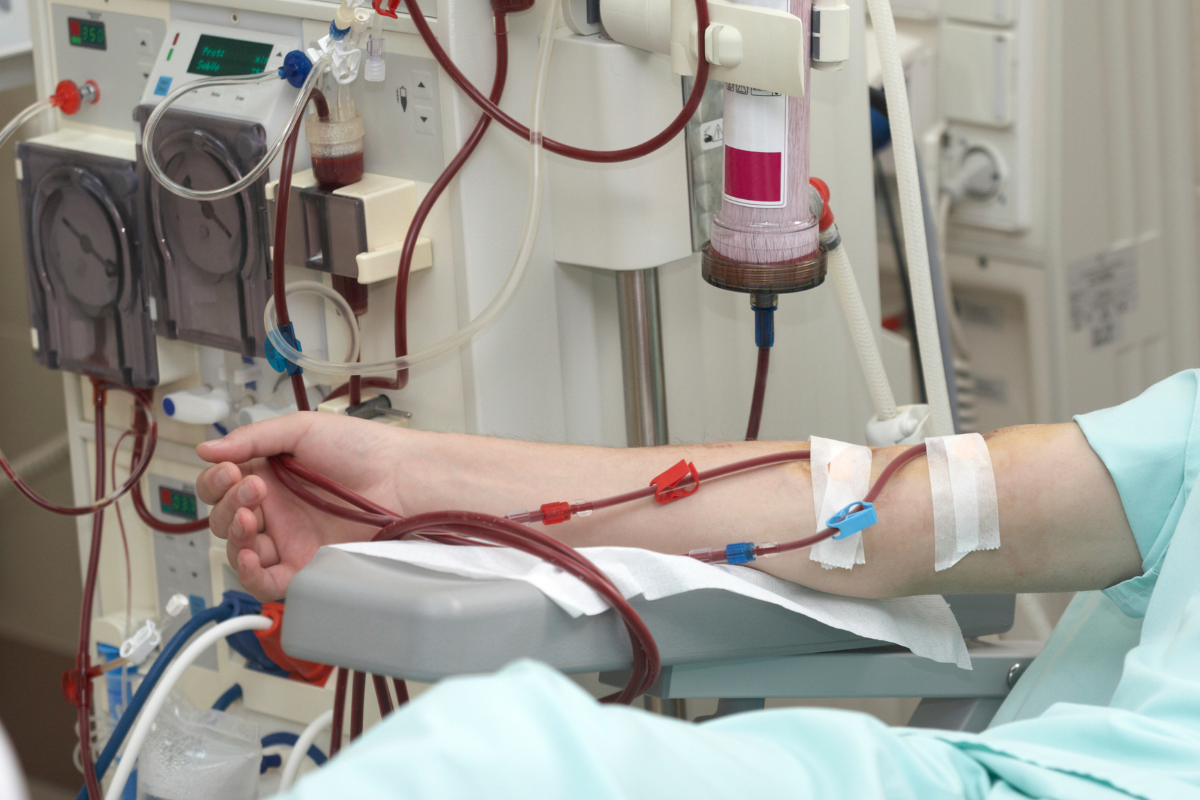
Perth bioengineers investigate critical device for dialysis machines
Fast facts
- An estimated 1.7 million or 10% of Australian adults have Chronic Kidney Disease (CKD)
- An estimated 1 in 5 or 18% of Indigenous adults have (CKD)
- 80% of people with CKD receive regular dialysis treatment to remove water and waste products from blood
A team of Perth bioengineers has explored a key device in kidney dialysis machines to reduce the risk of complications in patients.
The team from the Harry Perkins Institute of Medical Research aimed to understand and improve the manufacturing processes of micro-filters used in dialysis machines.
These filters play a critical role in trapping tiny air bubbles and blood clots, preventing them from entering a patient’s blood stream when cleaned blood is returned to the body after dialysis.
Behzad Shiroud Heidari, an expert in polymer engineering and a PhD candidate at the VascLab at the Harry Perkins Institute, said tiny air bubbles and blood clots can cause serious complications or even be fatal for patients.
“Dialysis is a common treatment in hospital that has been used since the 1940s to clean a patient’s blood of contaminants.
“Micro-filters in dialysis machines eliminate major contaminants however, tiny blood clots and air bubbles can be created in the system and in the worst-case scenario they can lead to a stroke if they travel to a patient’s brain if they pass through the filter.
“Our research focused on maximising the function of micro-filters. We examined the manufacturing process involved to improve their performance in trapping air bubbles and clots.
“Dialysis machines have an alarm system to detect air bubbles, but it is not always effective. Very small air bubbles can pass through without detection.
“Our team examined how this can occur by looking at the way micro-filters are manufactured.
“We used advanced imaging and computer simulations to understand the effectiveness of filters produced under various manufacturing conditions.
“Certain conditions can lead them to shrink or warp out of shape which affects their performance in capturing clots and air bubbles.
“By adjusting the way the micro-filters are manufactured, we minimised shrinkage and improved function,” he said.
This information will be important to medical device manufacturers who can improve the way they produce micro-filters, and thus reduce the potential complications that dialysis patients can experience.
ENDS
Media Contact: Miriam Borthwick
M 0437 411 683 | E [email protected]
